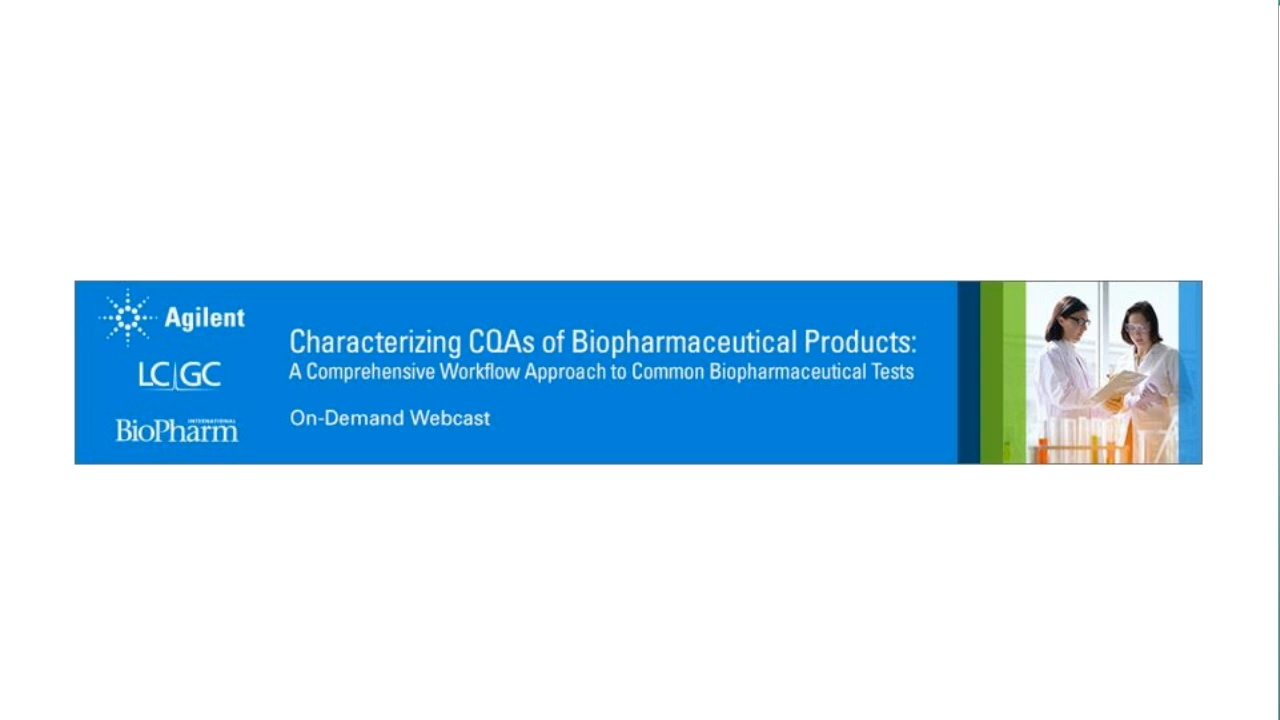Extraction and Identification of Volatile Organic Compounds from Water in 70 s using SPME and a Hand Portable GC-TMS
The Application Notebook
The CUSTODIONâ„¢ solid phase microextraction (SPME) syringe was used to rapidly sample and concentrate volatile organic compounds (VOCs) from water in 5 s. The VOCs were analyzed quickly and reliably in approximately 70 s using the GUARDIONâ„¢ -7 portable capillary gas chromatograph toroidal ion trap mass spectrometer (GC-TMS).
Abstract
The CUSTODION™ solid phase microextraction (SPME) syringe was used to rapidly sample and concentrate volatile organic compounds (VOCs) from water in 5 s. The VOCs were analyzed quickly and reliably in approximately 70 s using the GUARDION™ -7 portable capillary gas chromatograph toroidal ion trap mass spectrometer (GC-TMS).
Introduction
Many types of environmental water matrices are routinely tested for VOCs of concern using EPA Method 624 (1). Using a CUSTODION™ SPME syringe for sampling and the portable GUARDION™ -7 GC-TMS for analysis, rapid sample screening of VOCs in the field or laboratory is rapid and reliable. SPME extraction allows for timely analysis of volatile target analytes that may be lost during transport and storage. Compounds such as benzene, toluene, and ethylbenzene are susceptible to biological degradation under certain environmental conditions where refrigeration alone may not be adequate to preserve these compounds in waste waters for more than seven days (1). The ability to perform on-site analysis or immediate rapid screening upon receipt of samples by the laboratory by GC-TMS results in accurate detection of such analytes because volatile losses are minimized.
Experimental Conditions
The CUSTODION™ SPME sampling syringe uses a 1 cm fiber coated with a liquid polymer film, solid sorbent, or a combination. The SPME fiber traps target analytes from air, headspace, liquids, or dissolved solid samples. The CUSTODION SPME fiber assembly is housed inside a durable syringe that can be used in harsh environments with a single hand. For this application, a 65 μm coating of divinylbenzene/polydimethylsiloxane (DVB/PDMS) SPME phase (Supelco Analytical, Bellefonte, PA) was used to extract volatile compounds from a water sample spiked with 25 environmental contaminants listed in EPA Method 624.
The water sample was spiked with each volatile compound at a concentration of ~0.04 μg/μL. The CUSTODION SPME fiber was directly immersed in the water sample for 5 s. The CUSTODION SPME fiber was then inserted into the low thermal mass (LTM) injection port of the GUARDION™ -7 GC-TMS system where the VOCs desorbed quickly from the SPME fiber into the GC. The LTM GC with high-speed temperature programming (50–270 °C at 2 °C/s) provided a rapid separation of the target analytes. The capillary column was an MTX-5, 5 m × 0.1 mm, 0.4 μm df (Restek, Bellefonte, PA). Ultra-high purity helium carrier gas at 0.7ml/min was used. The injector temperature set point was 270 °C.
The miniature toroidal mass spectrometer detected the analytes and provided a mass spectrum for each target analyte that was compared to pre-loaded library spectra for automated identification. All 25 target VOCs in the sample were positively identified.
Results
Figure 1 shows the GC-TMS separation of 25 VOCs spiked into a tap water sample. Using a rapid GC temperature gradient, the separation was achieved in ~70 s, with a total cycle time between samples of ~2.5 min.

Figure 1: Chromatograph of 25 VOCs extracted from a water sample. Peak identifications: 1) 1,1-dichloroethylene; 2) Dichloromethane; 3) Trans-1,2-dichloroethylene; 4) 1,1-dichloroethane; 5) Chloroform; 6) 1,1,1-trichloroethane; 7) 1,2-dichloroethane; 8) Carbon Tetrachloride; 9) Benzene; 10) Trichloroethylene; 11) 1,2-dichloropropane; 12) Bromodichloromethane; 13) 1,3-dichloro, 1-propene (z); 14) 1,3-dichloro, 1-propene (e); 15) Toluene; 16) 1,1,2-trichloroethane; 17) Dibromochloromethane; 18) Tetrachloroethylene; 19) Chlorobenzene; 20) Ethylbenzene; 21) Bromoform; 22) 1,1,2,2-tetrachloroethane; 23) 1,3-dichlorobenzene; 24) 1,4-dichlorobenzene; 25)1,2-dichlorobenzene
Conclusions
The CUSTODION™ SPME syringe and GUARDION™ -7 GC-TMS are uniquely suited for field or laboratory screening of VOCs and other organic compounds to support rapid decision making for sample qualification. Sample results can be achieved in approximately 1 min.
References
(1) 40 CFR Chapter 1 (7-1-07 edition), Appendix A to Part 136, Methods for Organic Chemical Analysis of Municipal and Industrial Wastewater, Method 624-Purgeables.
Acknowledgements
CUSTODION™ and GUARDION™ are registered trademarks of Torion Technologies Inc. The CUSTODION SPME Syringes are manufactured and sold under license from (1) Brigham Young University under US Patent Application 11/379,716 and (2) SUPELCO under US Patent 5,691,206, and/or any divisions, continuations, or revisions thereof.

Torion Technologies Inc.
796 East Utah Valley Drive, Suite 200 • American Fork, UT 84003
tel.(801)705-6600
Website: www.torion.com

Separation of Ultra-Short and Long Chain PFAS Compounds Using a Positive Charge Surface Column
December 11th 2024A separation of ultra-short and long chain PFAS (C1-C18) is performed on a HALO®PCS Phenyl-Hexyl column along with a HALO®PFAS Delay column which demonstrates excellent retention for both hydrophilic and hydrophobic analytes.

.png&w=3840&q=75)

.png&w=3840&q=75)



.png&w=3840&q=75)



.png&w=3840&q=75)















